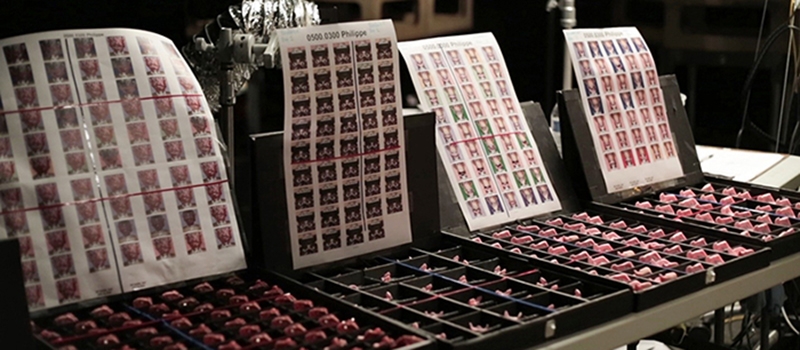When audiences curl up on the couch at home or sink into the plush chairs of a darkened movie theater in order to immerse themselves in another time and place, most of them are unaware of all the science that goes into movie production. For the last 8 years, Inside Science has been highlighting the Academy of Motion Pictures Arts and Sciences’ annual Scientific and Technical Achievement Awards ceremony—the other Oscar awards ceremony that receives only a brief mention during the national telecast. The scientists and engineers who are honored spend countless hours agonizing over every single detail that passes through a moviegoer’s field of view in just a split-second.
As a result of interviewing these award winners, I have a greater appreciation for film production. Over the years, I have learned about the advances in optics that have improved movie camera lenses from Richard Edlund, chair of the Scientific and Technical Awards Committee and an Academy Award–winning visual effects artist for films such as Star Wars and Raiders of the Lost Ark. This year, I had the opportunity to find out how 3D printing technology has changed the face of the rapid prototyping used to create each part of a character’s face in stop-motion animation from Martin Meunier, a facial animation designer who created the first 45 Coraline faces.

In an industry where the spotlight is typically fixed on a rising star, these winners are much happier staying in the shadows, behind the scenes where no one even notices them. Helping to create and maintain the illusion the filmmakers have envisioned is not without challenges and successes. The winners have shared with me their personal stories about creating their Oscar-winning technology, from the failed attempts under a stressful deadline to the moment when everything fell into place and they knew that this would change everything.
This article is only one of the many articles that AIP’s Inside Science publishes each year, but it gives the public an exclusive look at something that most people never get the chance to see, allowing them the opportunity to learn about the work of these scientists in a way that is both informative, informally educational, and most of all, fun! Articles like this help change the stereotype that all scientists are working in a lab somewhere doing things that no one can understand, and my hope is that articles like this will inspire the next generation of scientists.
